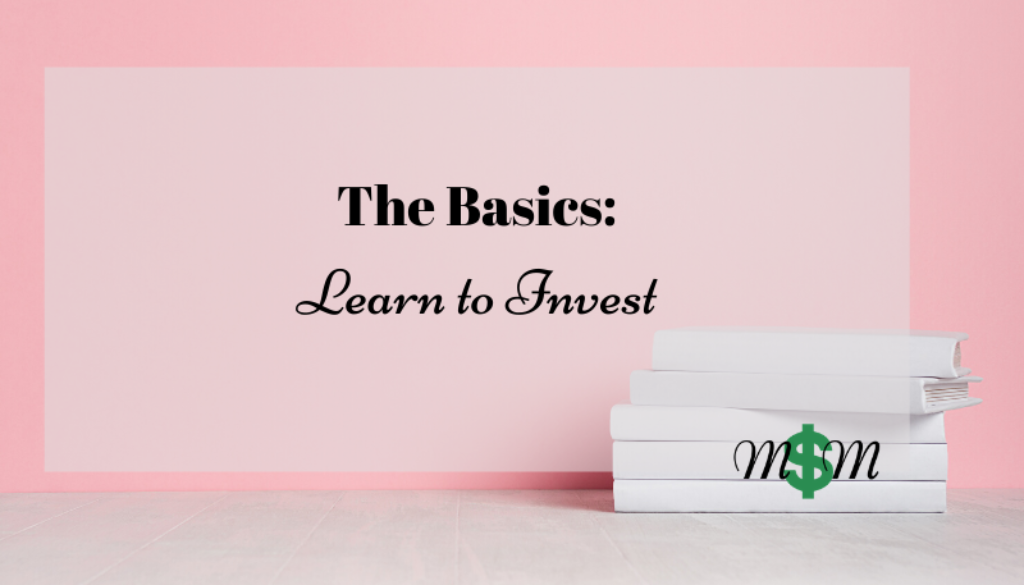The Basics: How to Create an Investment Plan
What you’ll learn:
- What is investing?
- Types of investments
- The best investments for beginners
What is investing?
Investing is the process of allocating funds with the expectation of generating more funds. Basically, you invest money to make more money. There are multiple avenues where you can invest money. The higher the risk involved in the investment, the higher a return you can expect to receive (usually). Lower risk investments, therefore will not generate nearly as much earnings. Learn why investing is important to a successful financial plan here.
Types of Investments
Cash
The simplest and most low risk investment you can make is a cash investment. Examples of cash investments include a savings account, money market account (MMA), and certificate of deposit (CD).
Investing in cash is a short-term investment strategy and offers a lower return on your funds.
To learn more about cash investments, follow this link.
Bonds, Stocks, Investment Funds
Bonds
To invest in bonds, you essentially loan a company money over a set period of time, in exchange for regular interest payments. A corporation or government agency uses bonds to finance operations, build new projects, or fund purchases. After the bond matures, the corporation returns the investor’s (you) money. There are tons of bond types available. Investment grade bonds most commonly used include corporate, government, agency, and municipal. Bonds play an integral role in investment portfolios and are of lower risk than their counterpart, stocks.
Investing in bonds can be short-term or long-term investment strategies and offer a higher return on your funds than other investments.
To learn more about investment-grade bonds, follow this link.
Stocks
When you think about investing, normally the first thing that comes to mind is the stock market. Stocks are pieces of ownership of a company. You purchase stocks, or shares of a company in hopes that the company’s success rewards you with a great return. The stock market is where investors go to buy and sell their shares.
Investing in stocks is a long-term investment strategy and offers a higher return on your funds. Large stocks return an average of 10% a year.
To learn more about stocks, follow this link.
Investment Funds
Retirement plan: 401k plan
A 401k plan is a retirement fund offered by employers. A portion of your income is set aside in an investment account where the income is able to grow over time. Here’s a more detailed post on 401k plans.
Retirement Plan: Individual Retirement Account
An IRA is a retirement fund set up yourself in an investment account where income is able to grow over time. Here’s a more detailed post on Individual Retirement Accounts.
Real Estate Investing
Investing in real estate is a phenomenal way to grow your assets and build out a passive income stream. We plan on incorporating rental properties and land into our portfolio within the next year. More on real estate investing here.
The Best Investments for Beginners
So where is the best place for you to begin investing? For starters, be sure your financial plan, budget, and emergency fund are all set. If you have high interest debt in loans or credit cards, those need to be paid off first.
Start with checking to see if your family’s employer offers a 401k plan. Decide on the amount of your income you can comfortably set aside through this fund. Secondly, apply for an IRA. Finally, add goals to your financial plan to create passive income. When your money is working for you, you are in control!








